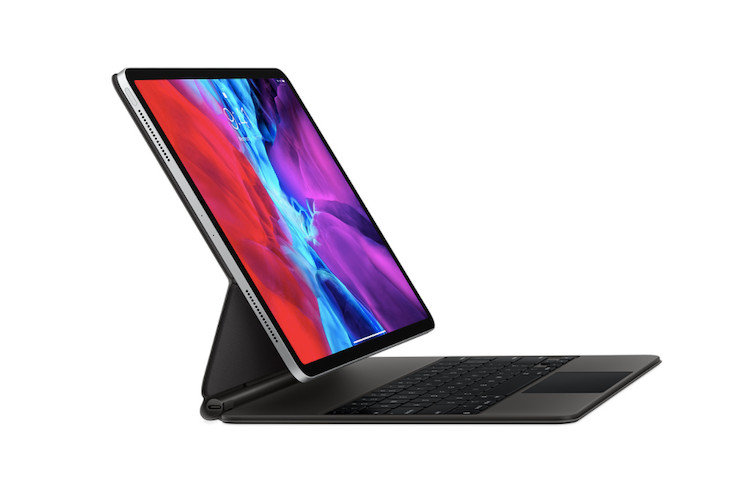

- #Program brightness control windows keyboard shortcuts how to
- #Program brightness control windows keyboard shortcuts install
In your Windows 11 laptop, Microsoft removes Action Center but adds another section called Quick Settings in Taskbar.
#Program brightness control windows keyboard shortcuts how to
How to Change Brightness in Windows 11 Adjust Brightness on Windows 11 via Quick Settings If you are running a Windows 11 PC, how can you change the brightness of your computer screen? Follow multiple methods below now. For a laptop, you can save energy and extend the life by turning down the brightness. This task is one of the things that you do relatively regularly no matter you’re using a Windows desktop, laptop, or notebook. If you want to see better in bright light, less the burden on your eye during the night, you can adjust the screen brightness according to the environment. It is necessary to change brightness on your PC. To know many details, refer to this post and you can find many ways given by MiniTool Solution. ( xbacklight +10 for Brightness Up, xbacklight -10 for Down.Changing brightness in Windows 11 is an easy job and you can try multiple ways for this task including from Quick Settings, Settings, the shortcut key, and more. If xbacklight did work for you, you could use it as a drop-in replacement for brightness in the above instructions. Or, you can cut-and-paste these commands:
#Program brightness control windows keyboard shortcuts install
To install the script, paste it into a file called brightness, set it executable, and put it in your path. Outputs=$(xrandr -current | awk '$2 = "connected" ') # No argument shows current brightness level.ī=$(xrandr -current -verbose | grep Brightness) # n An integer from 0 to 100 specifies a brightness level.

# Examples: brightness 75 brightness -5 brightness +10 # brightness: Change all monitors brightness in software. But you can still control the brightness using software. Many external monitors cannot control the backlight lamp with xbacklight. Now do the same for "Brightness Down", using brightness -10.Click the "Set Shortcut" button and hit the key you want to turn the screen brighter.For the Name put "Brightness Up", for the Command, type brightness +10.Click it to open the Add Custom Shortcut dialog: Go to Settings → Keyboard → Shortcuts and scroll to the bottom of the list.Since you said it does not, you can use the brightness script I'll include below. If xbacklight worked, I'd suggest you use that. Gnome allows you to bind any key to run a command of your choice. You may redistribute copies of this program under the terms of the GNU General Public License.Įven the first command isn't working now, how can i get that working? Vdovikin 2004-2006 Nicolas Boichat program comes with ABSOLUTELY NO WARRANTY.

but first (original) command still works python3 /home/sumeet/brightness.pyĬopyright 2004-2005 Oleg I. Output of This Script from what I understand it's not even detecting my monitor. If your graphics card need it, please check all the required kernel modules are loaded (i2c-dev, and your framebuffer driver).įile "/home/sumeet/set_brightness.py", line 22, in Ĭurrval = int(next(obj for obj in section if obj.startswith("value")).split("=").strip(",")) python3 /home/sumeet/set_brightness.py up My output of ddccontrol -p is is posted here at pastebin While searching on the topic, i read this questionĬontrol external monitor brightness via softwareīut the accepted answer to that question doesn't solve my issue But I don't know how to link the command to my brightness keys on my keyboard or add laptop like slider next to volume control in Gnome-panel Where in this example the number 53 represents the brightness level (range 0 to 100). I can control the brightness of my DELL S2216H connected with HDMI via the command: ddccontrol -p -r 0x10 -w 53


 0 kommentar(er)
0 kommentar(er)
